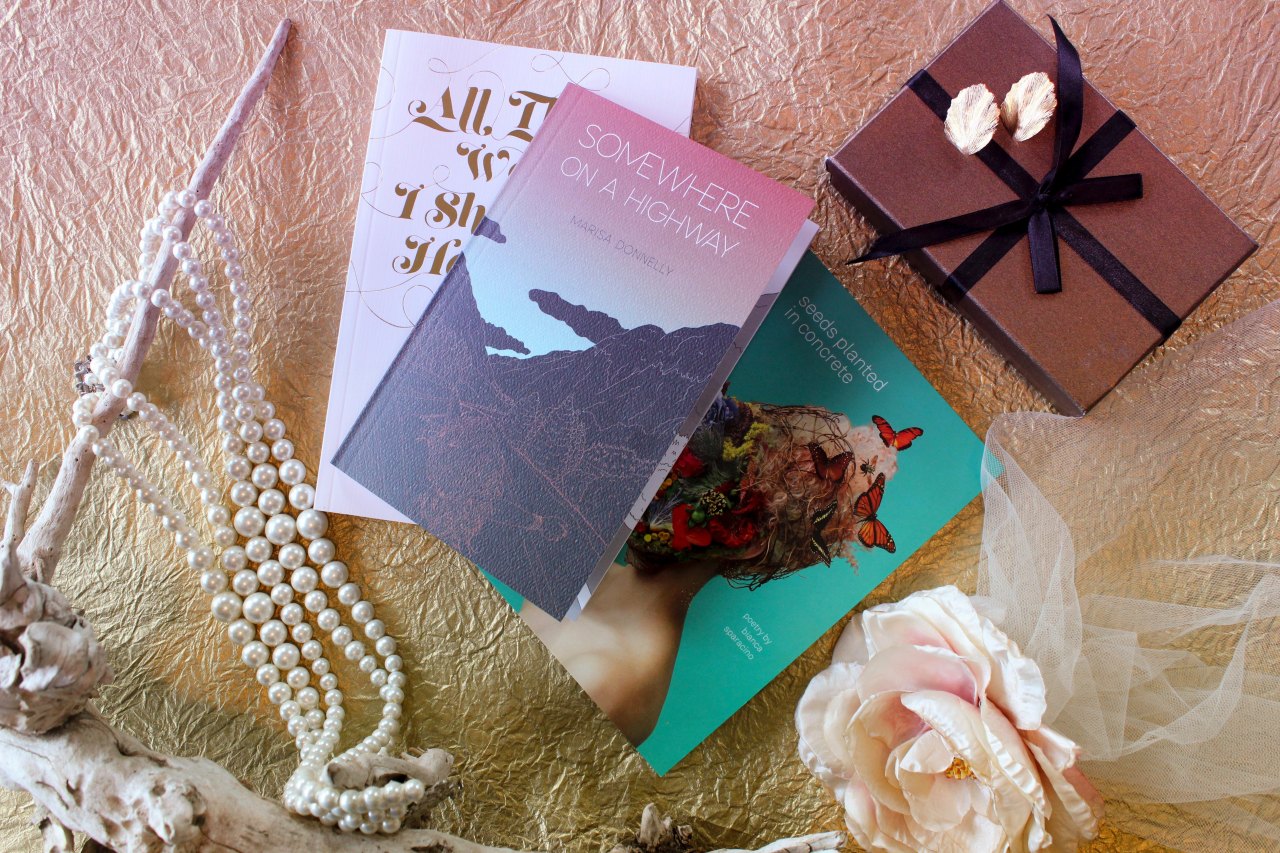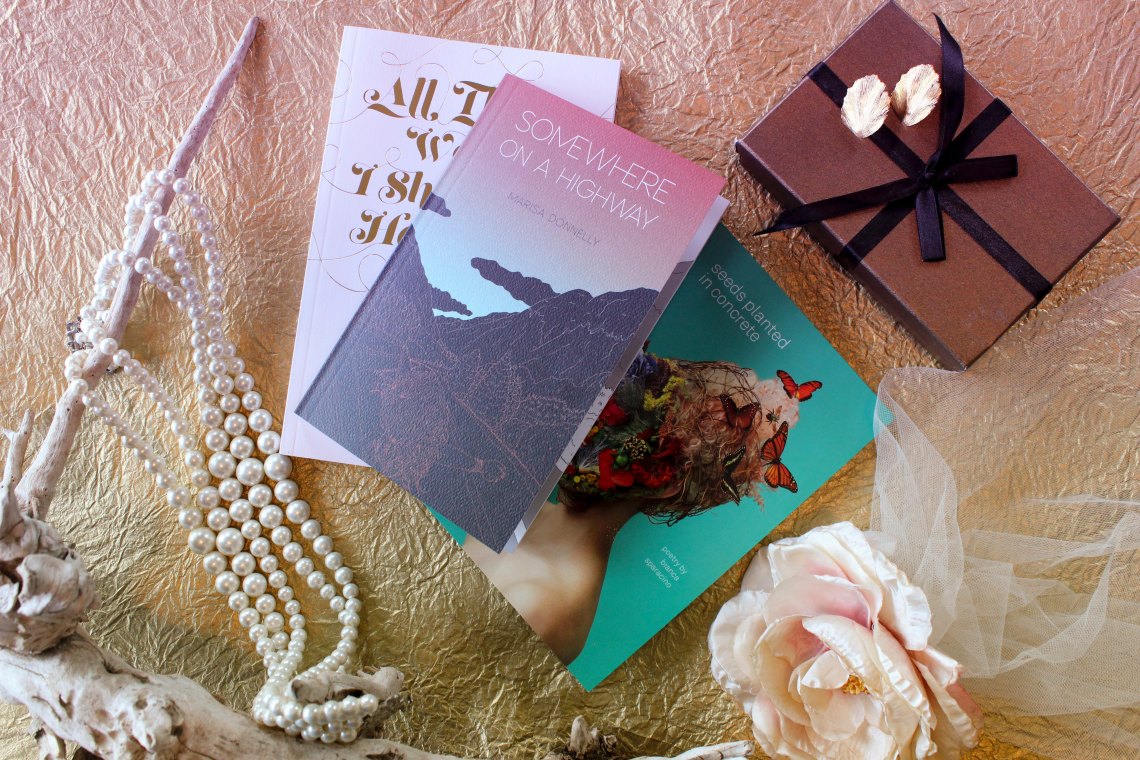By
Updated 8 years ago,July 26, 2017
Walt Whitman.
These are the names that typically come to mind whenever the subject of poetry is brought up.
for understand postmodern poetry we must first understand the history of poetry leading up to this point.

Unsplash / Thought Catalog
Seventeenth century poetry is what is known as metaphysical poetry.
William Shakespeare is plausibly the most common poet of this era, and arguably of all time.
Poets today still strive to achieve his fame, if not his eloquence of verse alone.

Eighteenth century poetry is what is typically referred to as classical poetry.
Classical poetry is defined by its emphasis upon form and meter.
Something that has been left behind in the evolution toward postmodern poetry.

Unsplash / Thought Catalog
Almost simultaneously, the transcendentalism or naturalist movement came about as a sub-movement of the Romantic Era.
The naturalistic approach continues somewhat in postmodern poetry, although significantly less than that of the transcendentalist era.
Whitman and Dickinson alike created a mystifying intrigue to readers of their complex poems everywhere.
Lots of Dickinsons poetry dwells on the negativities and inevitabilities of life, most notably death.
Poetry critics have drawn upon Dickinsons near obsession with death, many diagnosing her as depressed.
Although we may never know for certain, modern feminists have discredited this idea.
They have instead proposed that Dickinson was a feminist even before the term was widely modernized.
Covert feminist poetry during the nineteenth century, was not all that uncommon.
Maya Angelou is seen as one of the leading contemporary writers.
Her poetry was relatable to everyone, but specifically minority groups, most notably African Americans and women.
Another twentieth century celebrated poet is feminist icon Margaret Atwood.
Like Angelou, Atwood channels her talents into lyrical verse.
Finally, we have reached the era of postmodern or twenty first century poetry.